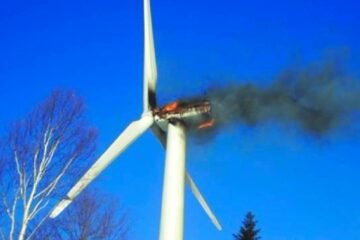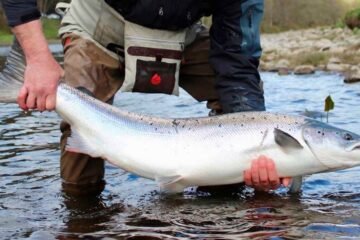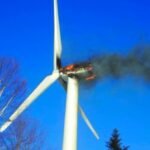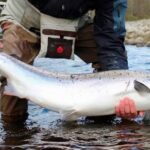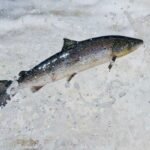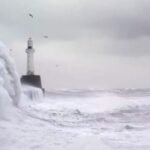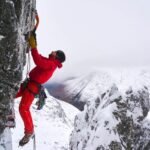A wildfire raging in Galloway Forest Park has continued for more than 24 hours, prompting landowners to deploy a helicopter to dump water over the remote hills of Dumfries and Galloway.
Emergency crews remain at the scene near Newton Stewart as firefighters battle to contain the blaze in increasingly dry and volatile conditions. It’s the latest in a growing series of wildfire incidents plaguing Scotland as fire risks climb to “extreme” levels across the country.
Fire continues to burn on Craiglee hill after 24 hours
The fire first broke out around 4:14pm on Thursday afternoon. It’s now been burning for more than a day.
The Scottish Fire and Rescue Service (SFRS) confirmed it still had one appliance on-site on Friday evening, working to control the flames on Craiglee hill, a rugged area within Galloway Forest Park. The size of the affected area has not been officially released, but eyewitnesses describe it as extensive.
One sentence here.
A helicopter, privately hired by the landowner, has been dumping water from above to slow the spread.
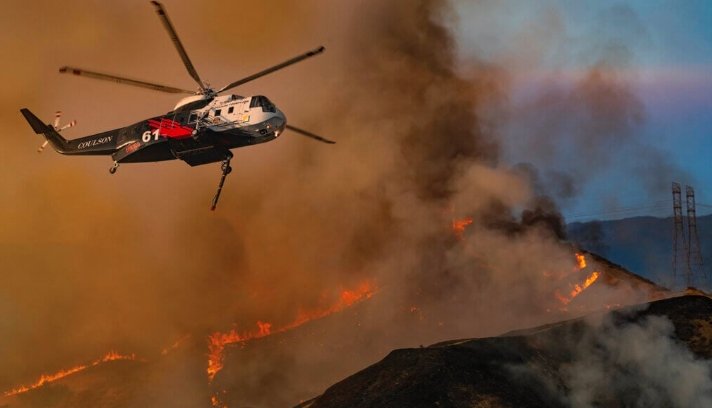
Eyewitness: “Half the hill looked like charcoal”
Locals have been watching the fire unfold from nearby villages and hill tracks.
Richard Madgin, a resident of Newton Stewart, said he was en route to Loch Dee for a fishing trip when he spotted smoke rising over the hills. He stopped to speak to a firefighter, who warned him to leave immediately due to the incoming helicopter.
“He said the chopper was on its way,” Madgin told BBC Scotland. “When I looked up later, half the hill looked like charcoal. It was surreal.”
Temperatures in the region reached above 17°C on Thursday, paired with light winds and low humidity—ideal conditions for a fire to spread quickly across dry ground and heather.
One-sentence paragraph.
It’s not clear yet how the fire started.
Wildfire risk across Scotland now “very high to extreme”
The Craiglee blaze isn’t happening in isolation. It’s part of a much wider pattern emerging across Scotland this spring.
Earlier this week, the SFRS issued its third wildfire alert of the year, warning that almost every region is facing “very high to extreme” fire risk due to the unseasonably warm and dry conditions.
Here’s what that looks like on the map:
-
Highlands: Extreme risk
-
Scottish Borders: Very high risk
-
Central Belt: High risk
-
Dumfries and Galloway: Extreme risk
The situation is particularly tense in national parks, forest areas, and coastal moorlands, where vegetation is dry and firefighting access can be challenging.
Helicopters, hill tracks, and hard terrain
Getting water to remote locations like Craiglee hill isn’t easy. Ground crews are often forced to hike through narrow trails, carrying equipment by hand.
That’s why a helicopter was brought in by the landowner—not the fire service—to speed things up.
These aerial units can scoop water from nearby lochs or rivers and dump it in quick intervals. But even then, conditions like wind direction and limited visibility make it tough.
“Once a wildfire gets into the roots and the peat, it’s hard to stop,” said one emergency responder, who spoke on background due to operational restrictions.
A short one-liner.
Peat fires can smoulder underground for days or even weeks, flaring up again long after the surface appears under control.
Scotland’s growing wildfire problem
Scotland isn’t new to wildfires, but they’re becoming more frequent—and more intense.
Climate experts say a warmer and drier spring season is playing a major role. According to the Met Office, 2024 was one of the driest March months on record, with rainfall nearly 40% below average.
Here’s a quick look at recent wildfire incidents this year alone:
| Date | Location | Size | Cause |
|---|---|---|---|
| 17 March | Moray | ~25 hectares | Unknown |
| 22 March | Highland Perthshire | ~15 hectares | Campfire |
| 4 April | Dumfries & Galloway | Ongoing | Unknown |
Officials are increasingly worried that small flames—sparked by careless littering, glass bottles, or campfires—can ignite massive fires in minutes under the wrong conditions.
Public urged to stay alert and avoid open flames
The Scottish Fire and Rescue Service is urging everyone, especially hillwalkers, campers, and outdoor enthusiasts, to avoid lighting fires or barbecues in vulnerable areas.
“We’re asking the public to take extra care,” said an SFRS spokeswoman. “A single spark can lead to devastating consequences.”
The service is particularly worried about:
-
Disposable BBQs left on dry grass
-
Cigarette ends flicked into underbrush
-
Glass bottles acting as magnifiers in sunlight
Even seemingly harmless activities can spiral out of control in the current weather.
One-sentence paragraph again for flow.
And once the peatland burns, it releases carbon and damages fragile ecosystems that may take decades to recover.


